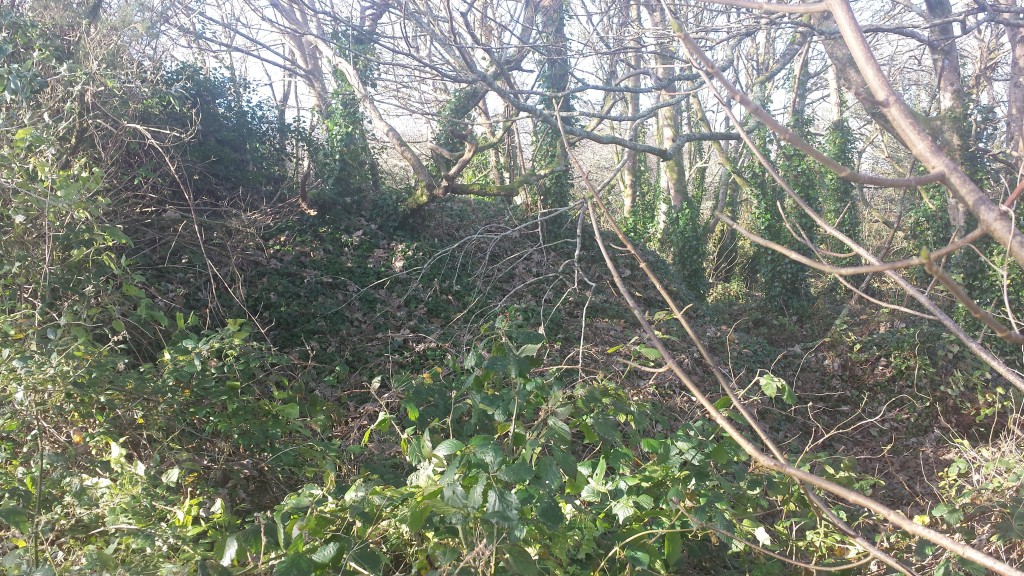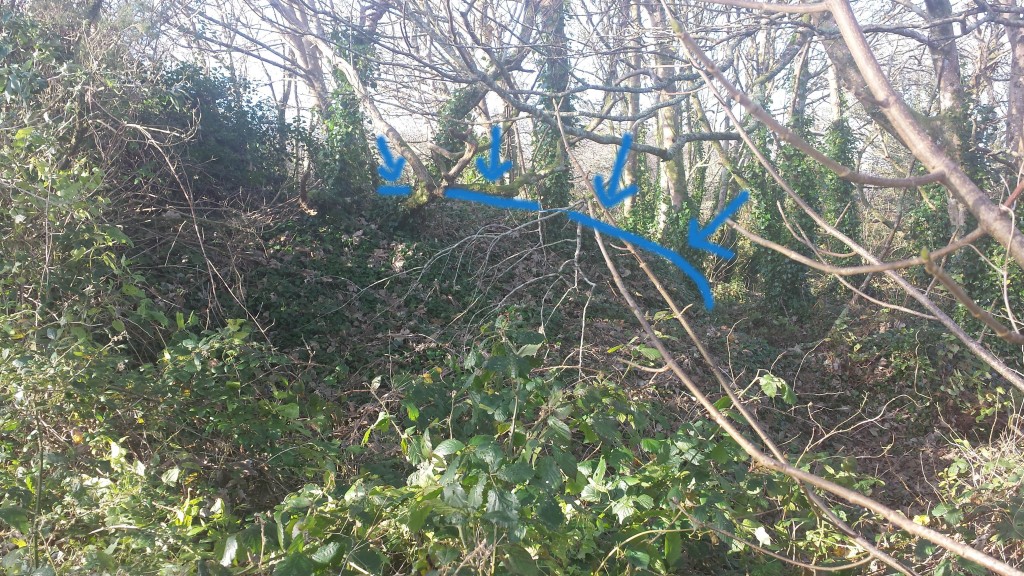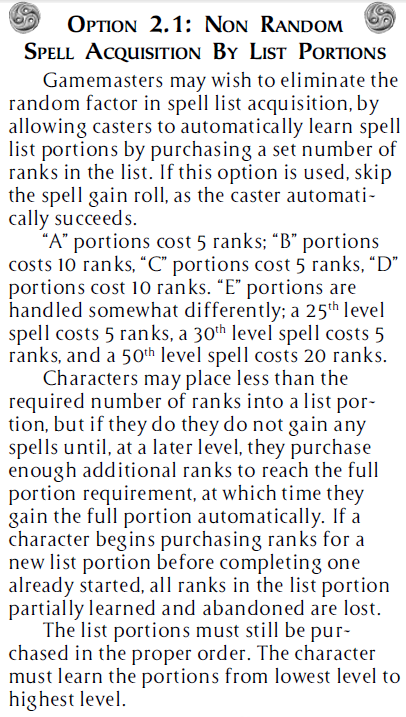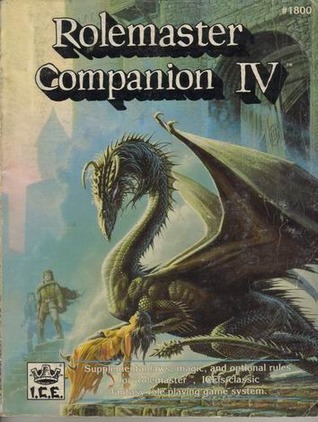Interestingly I have noticed that my fellow GM and I have been discussing magic users of all varieties and how they get their spell lists and on the Rolemaster forums there has been a rather heated debate on the new RMU and about how the spells that spell casters can cast define the archetype of that magic using profession and whether they should be able to learn lists normally reserved for other types of spell caster.
In Rolemaster spells are learned in lists and these lists fal into three strata, Open lists are open to anyone, even a fighter could attempt to learn some spells from open lists. Closed lists are reserved to the pure and hybrid spell casters. Base lists are defined for each profession or character class are are reserved to that profession. So an illusionist and a magician are both pure essence users so they could choose from the same open and closed lists but the magician can choose from up to 6 magician base lists and the illusionist from the illusionist base lists. The magician does have access to a lesser illusion list so illusions are not the sole preserve of the illusionist and the illusionist can manage some minor elemental attacks (Shockbolt and much later Lightning bolt) utilising his light based list. A cleric has clericy base lists and a ranger has rangering base lists and so on…
In the flavour of Rolemaster I play (RM2/RMC) a spell list does not necessarily have a spell for every level, some do but most do not. I have encouraged my players to research their own spells to fill these missing spells. This makes each spell caster unique. Also I make learning each spell list difficult and relatively expensive. This gives spell users less lists to choose from and as a consequence they ake better use of all the spells they do know and makes researching your own spells even more important. My fellow GM is more generous with learning spell lists so spell casters have more spells and more higher level spells and spel casters tend to throw more higher level spells piking from the top strata of each list. It is not uncommon in the other game for a spell caster of high level to know every possible spell that that character could possibly cast. This has never happened in my game and almost certainly never will.
Getting back to the RMU discussion the starting point is somewhat different. In RMU you do no learn an entire block of a list at once but spell by spell. You learn as far up the list of spells as you want and you can learn from multiple lists at once. You can also learn at least in principle spells from other professions base lists. Another difference is that list has no empty slots. The basis of the argument was that the base list system built very high walls between the different magic using classes and that as a consequence all mages were going to be pretty much identical and if you had a visiion of playing a mage that could control the weather, a spell list normally reserved for channeling users such as an Animist then you simply could not mix and match that within the core magician profession.
I think the real flaw is the way in that the spells are learned. In RM2 it would cost you 20 development points our of probably pool of 35 points to learn the list that gives you invisibility , and another 20 points to learn the list that allows you to fly and another 20 to learn the list that allows you to detect magic. These are three pretty core magic user abilities. As the character goes up levels then the invisibilty gets more powerful covering greater areas with the cloak of invisibility, flight get faster and starts to encompass teleport type spells and the detection spells get greater ranges and the number fthings that can be detected such as curses, living things and so on.
In RMU on the otherhand you only need to learn the first 4 spells to be able to go invisibly, the 5th level spell to fly and the 1st, 2nd and 3rd level spells to be able to detect all three realms of power. The total cost would be 24 development points and a character gets 50 points a level. The option to get a really wide base of just enough spells from every possible list means that characters hit these walls defining the profession really quickly.
Because the primary way of defining a spell casting class in rolemaster (all flavours) is through the base lists available to them in RM2 we ended up with about 70 professions if you used every single class in every single rolemaster expansion and companion. I suspect that RMU will rapidly go the same way.
It is interesting, I thought that the most heated discussions on magic both occured at about the same time but as they say Spring is meant to be the most magical time of the year!




 When you are converting the significant NPCs from the Forgotten Realms source materials then as a rule of thumb you should multiply all levels by about 1.5 so that a 12th level fighter in the D&D rules such as Helm Dwarf-friend, Master of Sundabar would be an 18th level warrior in Rolemaster. For a more powerful game you would make the NPCs higher level but as a rule x1.5 works pretty well.
When you are converting the significant NPCs from the Forgotten Realms source materials then as a rule of thumb you should multiply all levels by about 1.5 so that a 12th level fighter in the D&D rules such as Helm Dwarf-friend, Master of Sundabar would be an 18th level warrior in Rolemaster. For a more powerful game you would make the NPCs higher level but as a rule x1.5 works pretty well.


